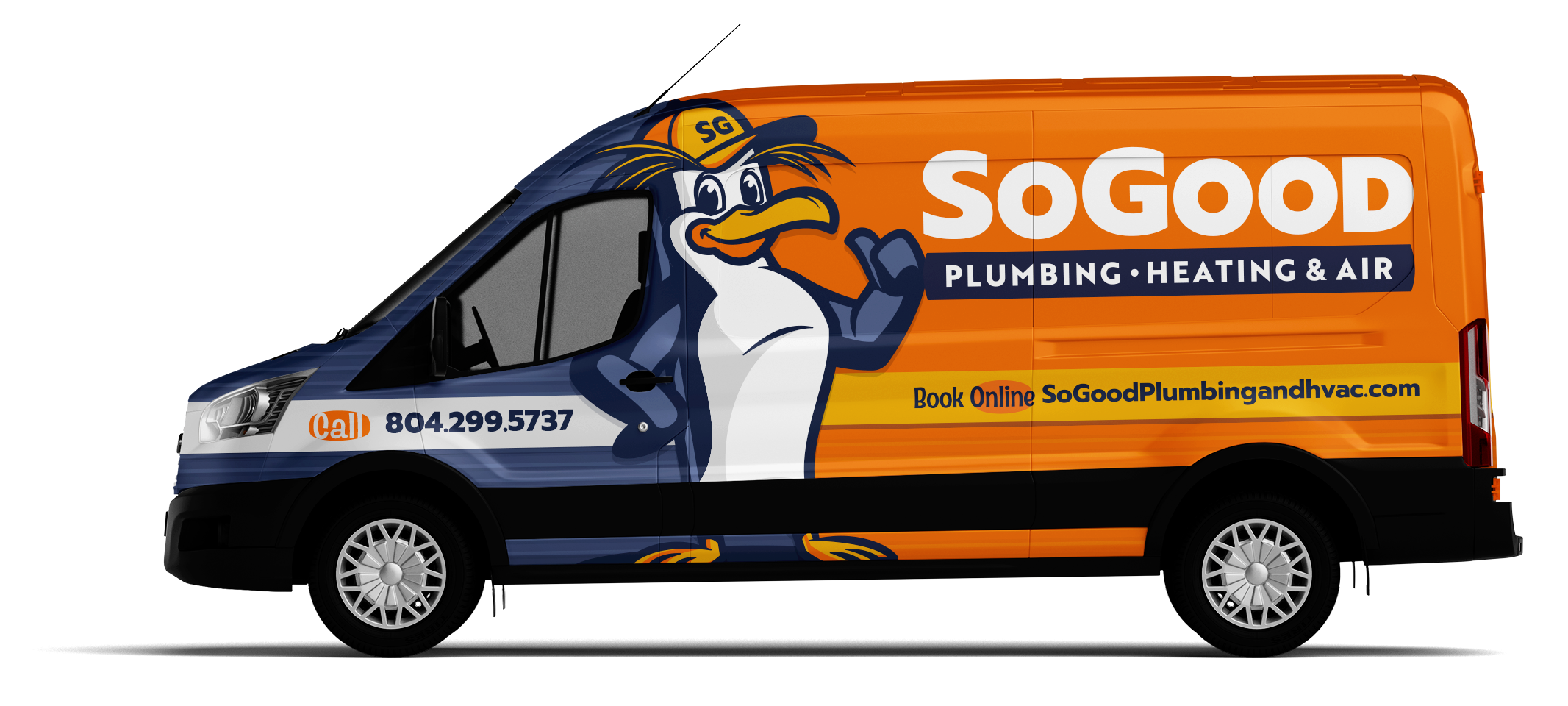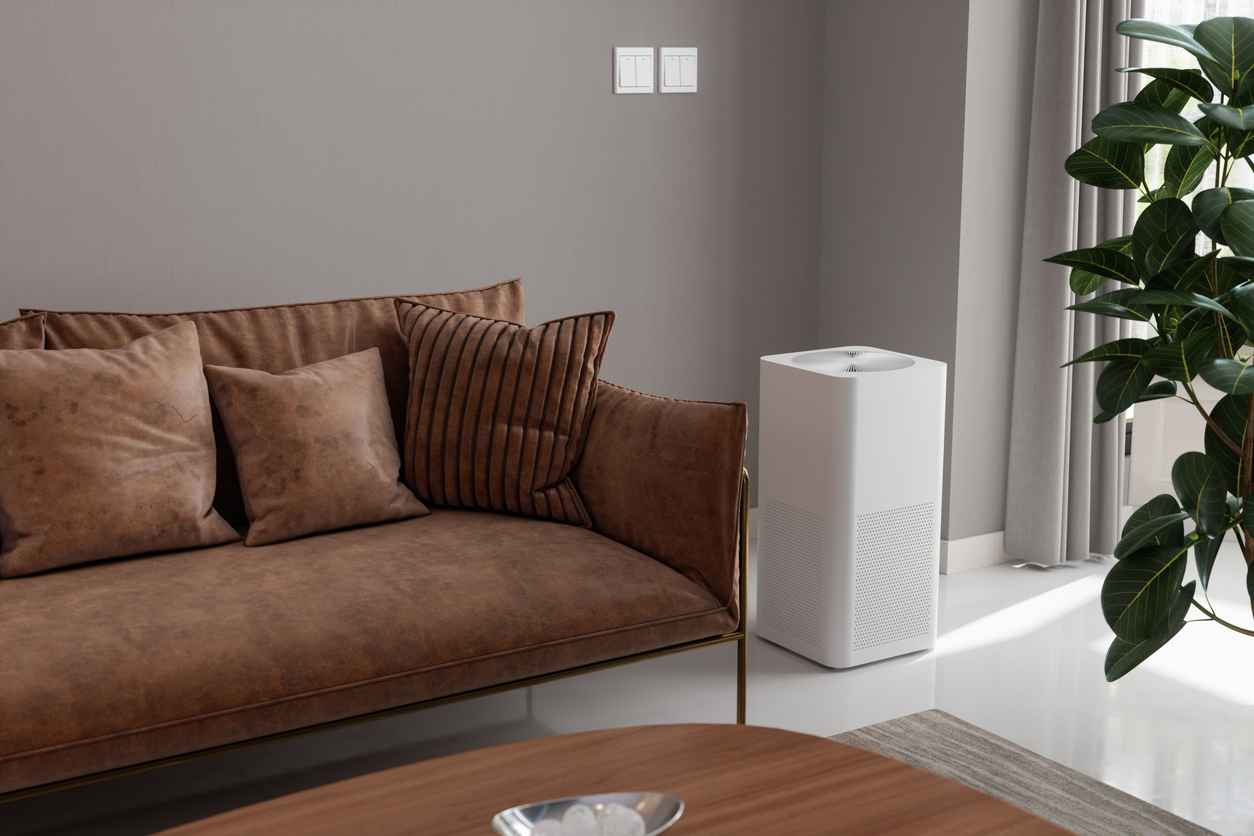
Top 10 Indoor Air Quality Myths & How to Test Your Home in RVA
Most homeowners assume their indoor air is safe, but in reality, it can be more polluted than the air outside. The problem is made worse by the many myths and misconceptions about indoor air quality that circulate online and by word of mouth. Believing these myths can leave your family exposed to allergens, pollutants, and other hidden health risks.
In Richmond, seasonal pollen, humidity, and older homes make paying attention to indoor air quality especially important. Fortunately, by separating fact from fiction, you can take real steps to improve your home’s air and protect your family’s comfort. In this blog, we’ll break down the top 10 indoor air quality myths and show you how to test your home’s air here in RVA.
Why Indoor Air Quality Matters in RVA
Indoor air quality plays a major role in your family’s comfort and health, yet it’s something many homeowners overlook. Poor air quality can worsen allergies, trigger asthma, and increase the risk of respiratory illnesses. In Richmond, the challenges are even greater. Seasonal pollen, high humidity levels, and older homes with outdated systems all contribute to polluted indoor air.
Without proper testing and improvements, the air you breathe inside may contain dust, mold spores, pet dander, and even volatile organic compounds (VOCs). Addressing these issues not only protects your health but also helps your HVAC system run more efficiently, lowering energy costs. Keeping your air clean is an investment in both your comfort and your long-term well-being.
Top 10 Indoor Air Quality Myths
When it comes to indoor air quality, there’s a lot of misinformation that can lead homeowners in the wrong direction. Believing these myths often means ignoring real issues or relying on “quick fixes” that don’t actually improve your air. Here are the top 10 myths and the truth behind them.
Myth 1: Indoor Air is Always Cleaner than Outdoor Air
The truth: Indoor air can actually be two to five times more polluted than outdoor air, especially in homes that aren’t well-ventilated.
Myth 2: Air Fresheners Improve Indoor Air Quality
The truth: Air fresheners only mask odors and may release VOCs that worsen air quality.
Myth 3: Changing Filters Once a Year is Enough
The truth: HVAC filters should be changed every 1–3 months for best performance and cleaner air.
Myth 4: Houseplants Alone Can Purify the Air
The truth: While they can help a little, houseplants alone aren’t enough to remove pollutants from your entire home.
Myth 5: Humidity Doesn’t Affect Air Quality
The truth: High humidity encourages mold growth, while very low humidity can irritate your respiratory system.
Myth 6: Dusting is All You Need for Clean Air
The truth: Dusting helps, but particles also circulate through your HVAC system and need filtration to be controlled.
Myth 7: If You Don’t Smell Anything, Your Air is Clean
The truth: Many pollutants, like carbon monoxide or VOCs, are odorless but still harmful.
Myth 8: Air Purifiers Fix Everything
The truth: Purifiers can help, but they work best as part of a larger strategy that includes filtration, ventilation, and humidity control.
Myth 9: Older Homes Don’t Have Air Quality Issues
The truth: Older homes often have more leaks, outdated HVAC systems, and hidden mold, all of which impact air quality.
Myth 10: Testing Indoor Air is Complicated and Expensive
The truth: Modern IAQ testing is simple, affordable, and provides clear insights into what’s affecting your air.
How to Test Your Indoor Air Quality
The only way to know what’s really in your home’s air is to test it. Air quality testing identifies hidden pollutants and helps you understand which solutions will make the biggest difference. Thankfully, testing today is quick, affordable, and much more accurate than most homeowners realize.
DIY Indoor Air Quality Tests
- Home test kits: Detect mold spores, radon, or volatile organic compounds (VOCs).
- Consumer-grade air monitors: Provide ongoing readings of humidity, particulate matter, and pollutant levels.
Professional Indoor Air Quality Testing
- Advanced diagnostic tools: HVAC experts use high-tech equipment to measure allergens, humidity, and pollutants.
- Customized solutions: Testing results guide targeted improvements, such as filtration, humidity control, or ventilation upgrades.
Tips to Improve Indoor Air Quality
Improving your indoor air doesn’t have to be complicated – it’s about combining good habits with the right equipment. By being proactive, you can reduce pollutants, manage humidity, and keep your home’s air fresh and healthy year-round.
- Change HVAC filters regularly: Replace them every 1–3 months to keep air flowing cleanly.
- Control humidity: Use dehumidifiers in the summer and humidifiers in the winter to stay balanced.
- Use HEPA air purifiers: Place them in bedrooms and living areas for cleaner air where you spend the most time.
- Ventilate wisely: Open windows when outdoor air quality is good, and use exhaust fans in kitchens and bathrooms.
- Schedule HVAC maintenance: Routine service helps your system filter and circulate air more efficiently.
Breathe Easier with SoGood Plumbing, Heating & Air
Don’t let myths about indoor air quality keep your family from enjoying a healthier home. By understanding the truth behind common misconceptions and testing your air, you can take the right steps to reduce pollutants and improve comfort. From simple DIY changes to professional solutions, every effort adds up to cleaner, safer air indoors.
At SoGood Plumbing, Heating & Air, we provide expert indoor air quality testing and proven solutions to help you breathe easier year-round. Whether it’s filter replacement, humidity control, or customized IAQ upgrades, our team is here to guide you. Contact us today to schedule your indoor air quality service and discover the difference clean air makes.discover the difference clean air makes.
Recent News

How Richmond’s Aging Homes Create Hidden Plumbing Challenges in Winter

Why Sudden Cold Spells in Central Virginia Overwork Heating Systems
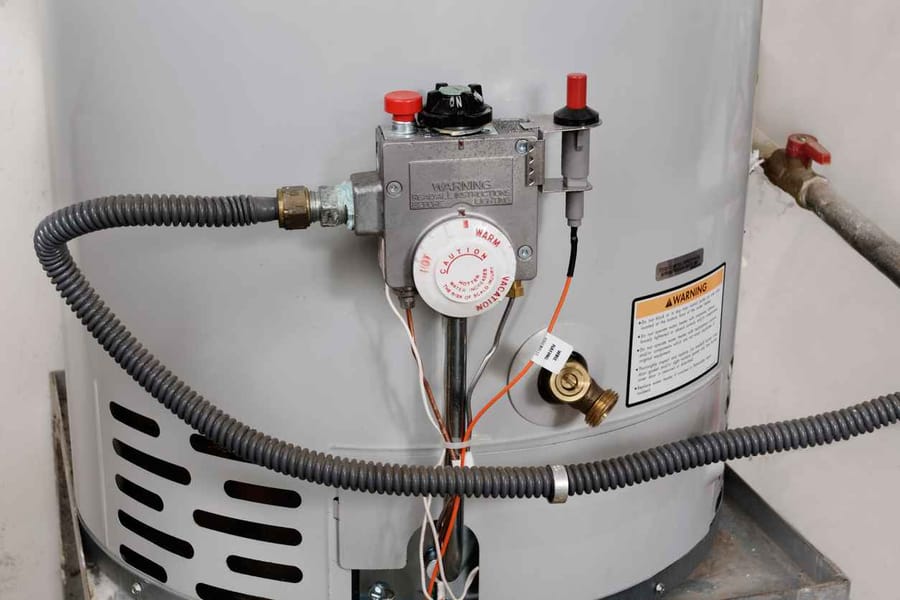
Is It Time to Replace Your Water Heater? 6 Signs RVA Homeowners Shouldn’t Ignore
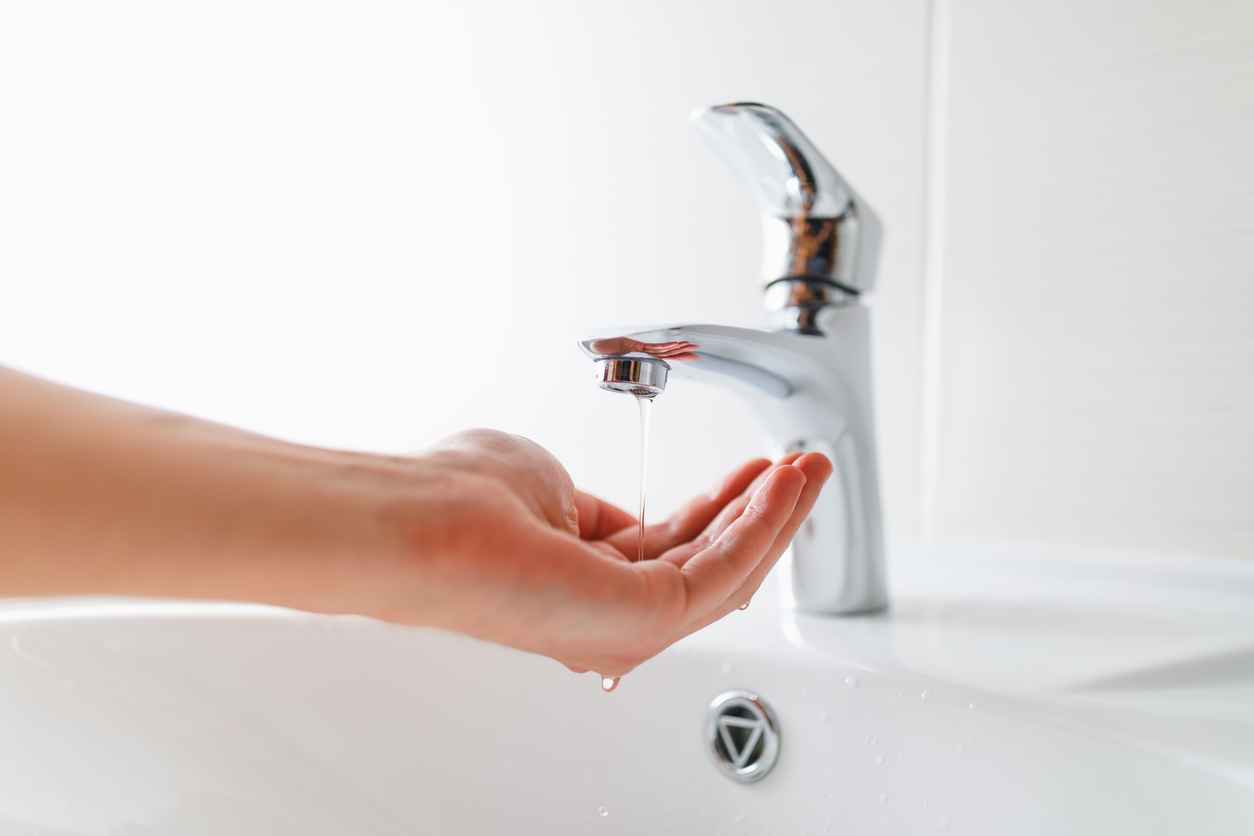
What Causes Low Water Pressure in Your Home?
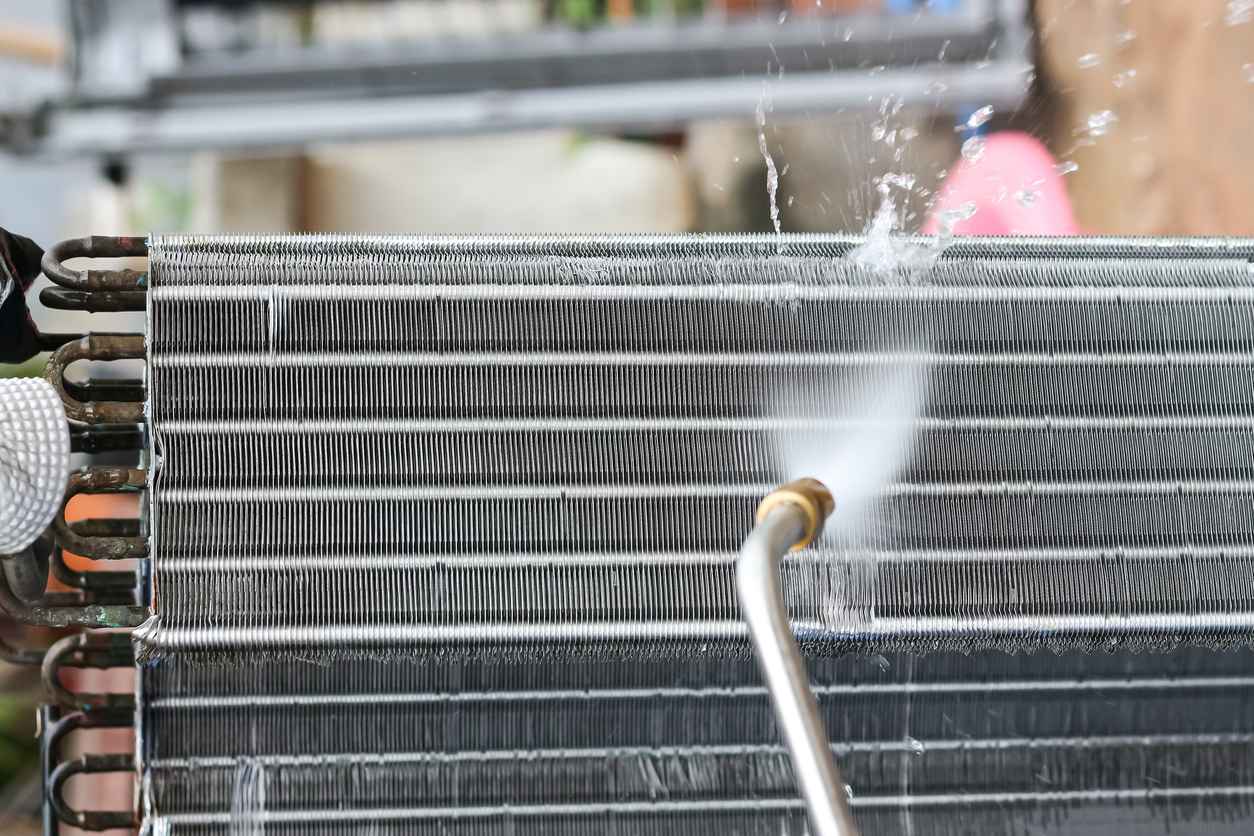
How to Clean AC Coils
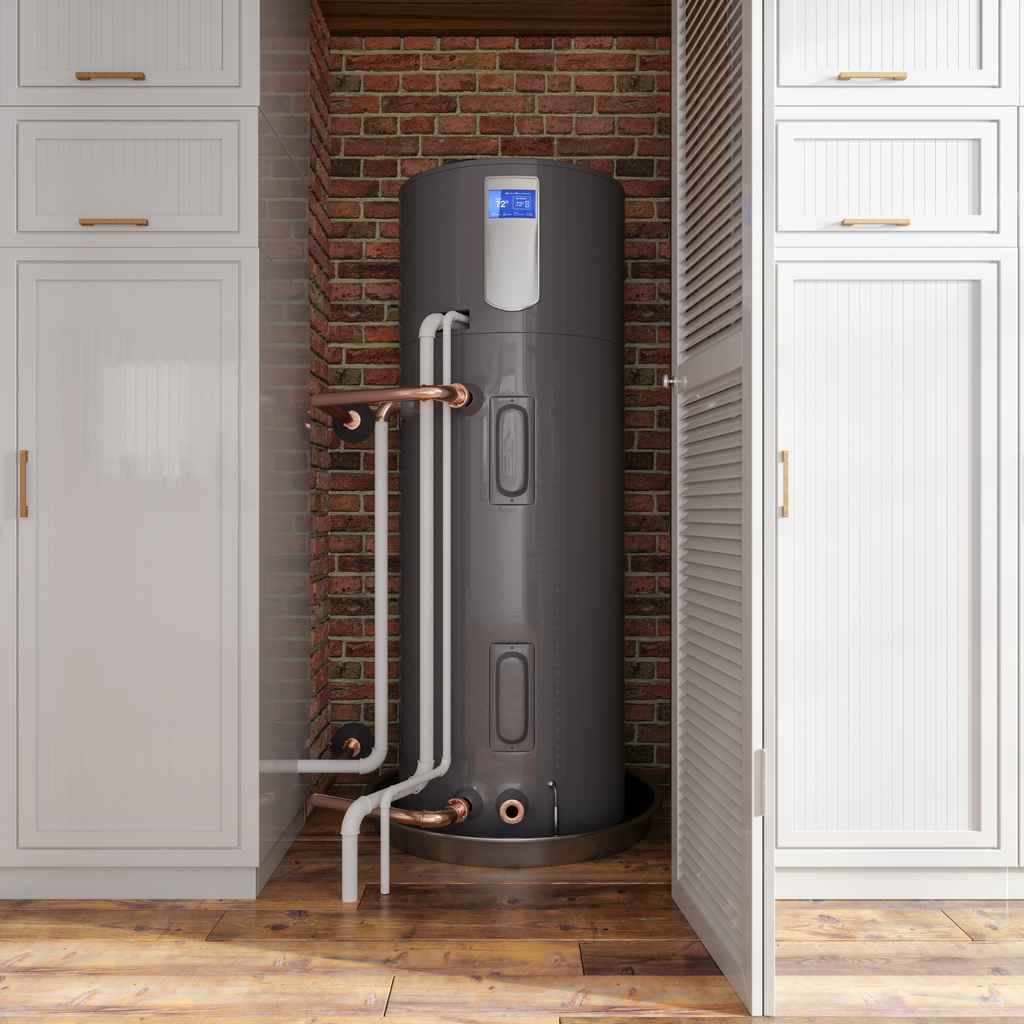
How Long Do Water Heaters Last?
